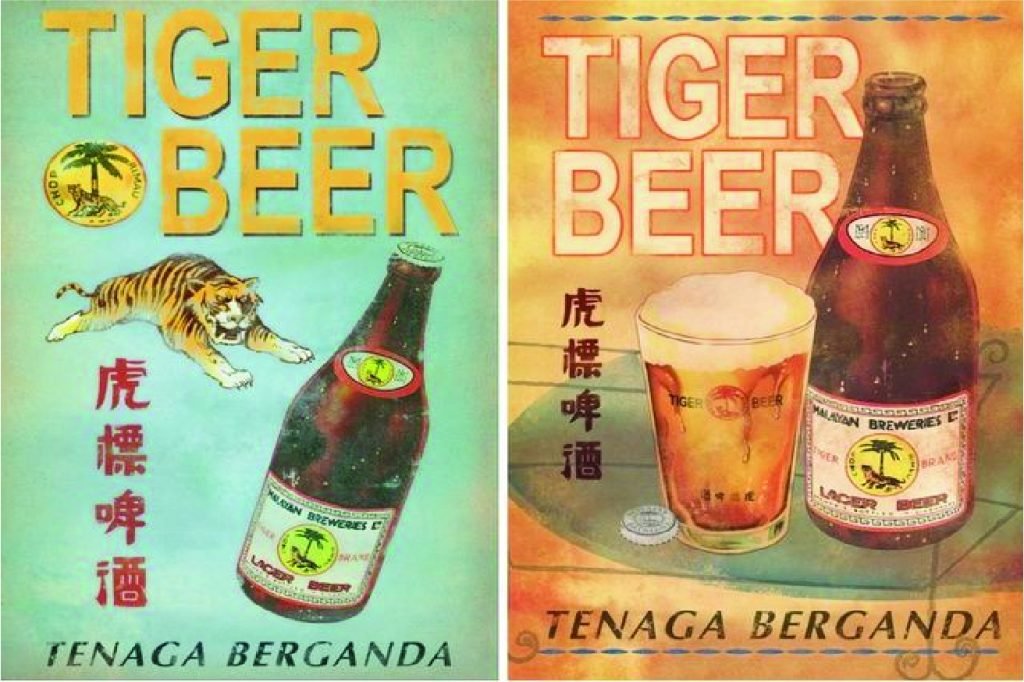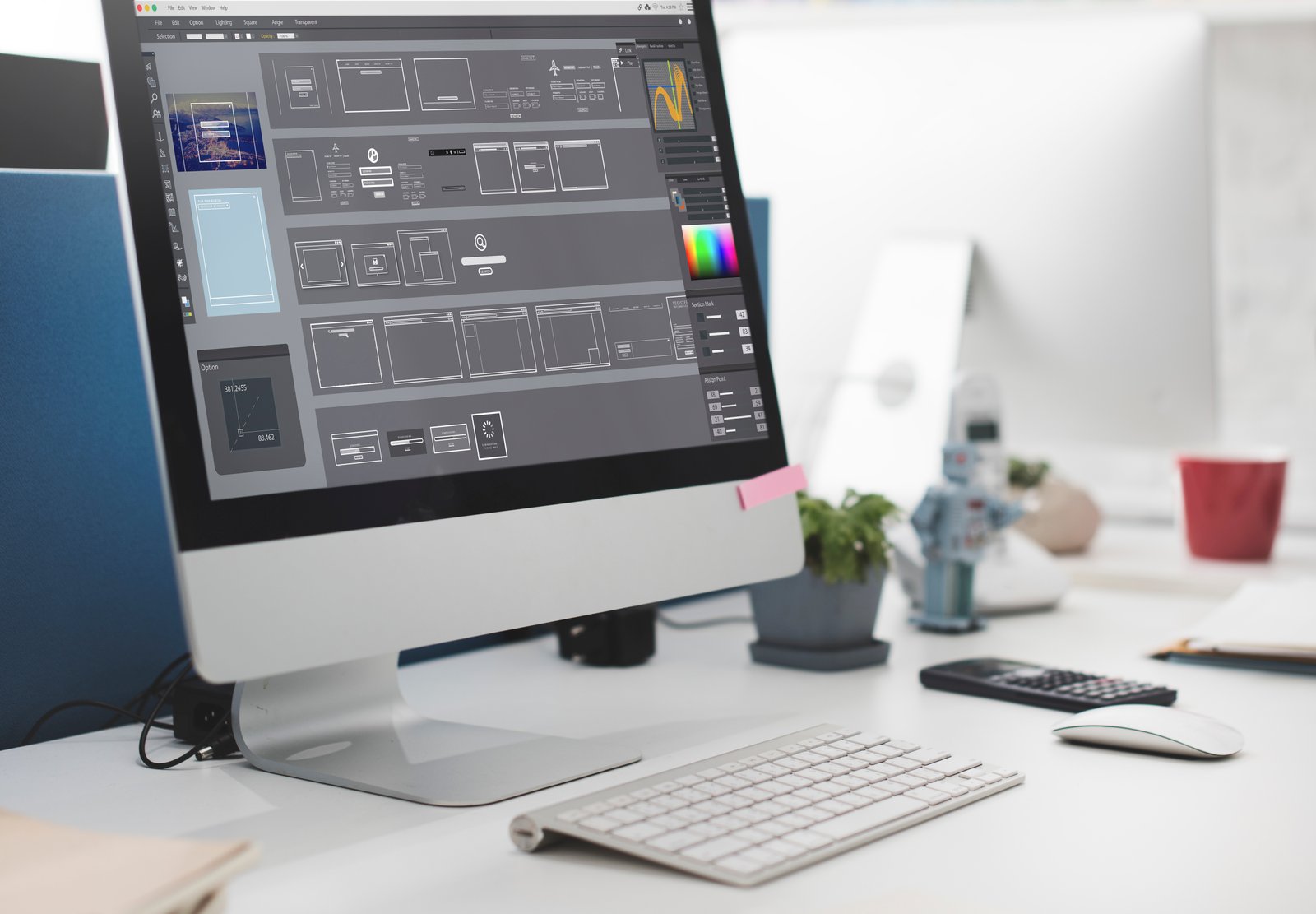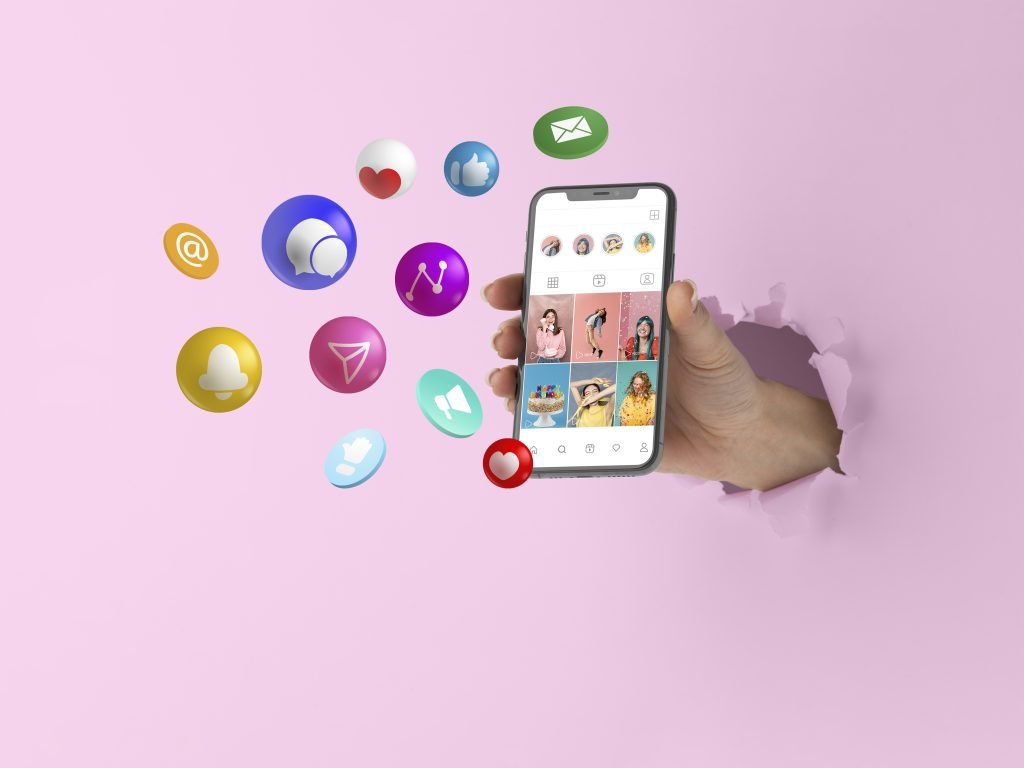Design has come a long way in Singapore over the past few decades, evolving alongside the city-state’s rapid growth and changing industries. From traditional print and packaging to today’s digital-first landscape, Singaporean designers have adapted to the times while putting their unique spin on global trends. Let’s take a look back at how design trends have transformed in Singapore and where the industry seems to be headed next.
Early 90s Design Trends
In the early 90s, graphic design in Singapore focused heavily on print collateral like brochures, flyers and signage. Many agencies specialised in branding, logo design and packaging for consumer goods companies. Desktop publishing was just taking off, allowing designers more control over layout and typesetting compared to older methods. Iconic brands from this era like Tiger Beer and Singapore Airlines established memorable visual identities still ingrained in the minds of consumers.

Late 90s Design Trends
As the internet began gaining mainstream traction in the late 90s, websites entered the design sphere. Early Singaporean sites were basic, focusing on information architecture and usability over aesthetics. Designers learned HTML and CSS to create custom templates for businesses. E-commerce also took root, paving the way for optimised online shopping experiences. By the new millennium, the web had become a primary channel for companies and consumers.

2000 and 2010s Design Trends
The 2000s and 2010s saw the rise of new media formats like smartphones, social networking, and interactive videos, all of which were easily accessible to the average consumer. Design shifted to accommodate smaller screens and more immersive formats. UI/UX emerged as a specialised field to craft intuitive digital experiences. Animation and motion graphics blossomed with the growth of online videos. Web designs became more visual and interactive through techniques like responsive design.
At SiliconPlus Communications, we are constantly upgrading ourselves to be capable of providing multidisciplinary services and remain at the forefront of developing technology. Our forte lies in 3D motion graphics, website design, UI/UX mapping, mobile-friendly layouts, and more.

Design Today
Today, the design landscape in Singapore is largely digital. The lines between online and offline are blurred, with most brands having an omnichannel presence. User experience and interface design are top priorities across industries from fintech to healthcare. Virtual and augmented reality are pushing boundaries with immersive 3D worlds. Data visualisation transforms information into compelling graphics. Designers must stay on top of emerging tech like artificial intelligence (AI) to remain competitive.
Sustainability has also become a major focus area. Green practices and eco-friendly materials are increasingly important to consumers and companies alike. Design plays a role in developing sustainable solutions through thoughtful materials selection, optimised packaging and more. Social impact drives many designers to use their skills for good through pro-bono work or impact-focused startups.

Summary
Looking ahead, several trends seem poised to shape Singapore design in the coming years:
- Personalisation at scale: As data and AI advance, expect hyper-customised experiences meeting each user’s unique needs and preferences.
- Multi-sensory design: Beyond visuals, sound, and touch, smell and taste will enhance immersion through technologies like haptics and virtual reality.
- Generative design: AI and machine learning will automate routine design tasks, freeing up creatives for more strategic work.
- Sustainability as a necessity: Eco-friendly practices will become table stakes for responsible brands seeking to minimise environmental impact.
- Experiential retail: Physical stores will transform into destinations through interactive and educational experiences fusing digital with in-person.
To keep up with these fast-moving changes, brands must continually upgrade their skills and stay abreast of emerging tools. Partnering with an experienced agency can help future-proof one’s venture into this dynamic field. SiliconPlus Communications is a creative agency that blends good old storytelling with creative ideas that continue to engage and connect with people. Through their integrated marketing communication solutions, SiliconPlus helps top brands evolve with the times, remain relevant to their audiences, and deliver tangible business results. Their expertise in human-centred design, technology integration, and data-driven strategies ensures clients stay ahead of the curve in shaping Singapore’s ever-evolving design landscape.